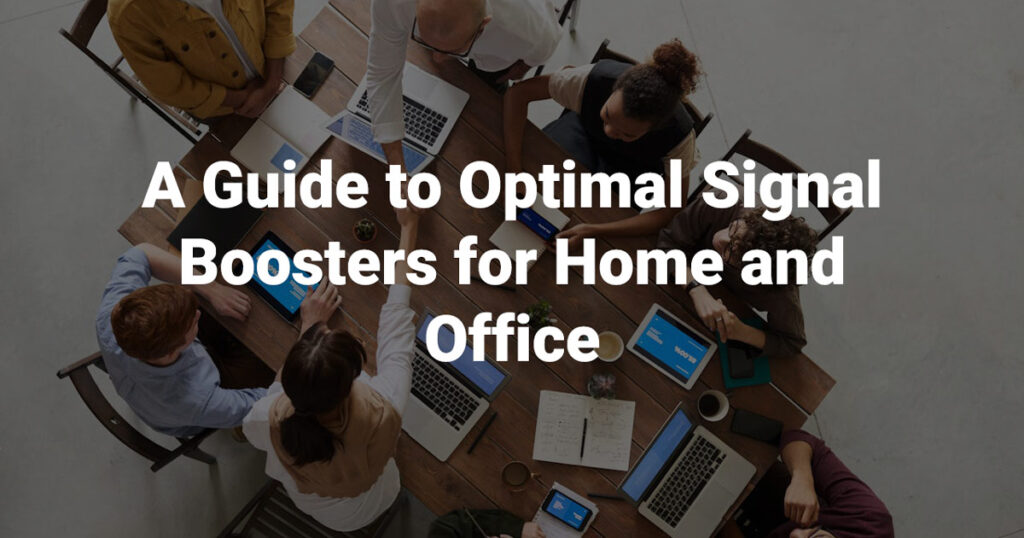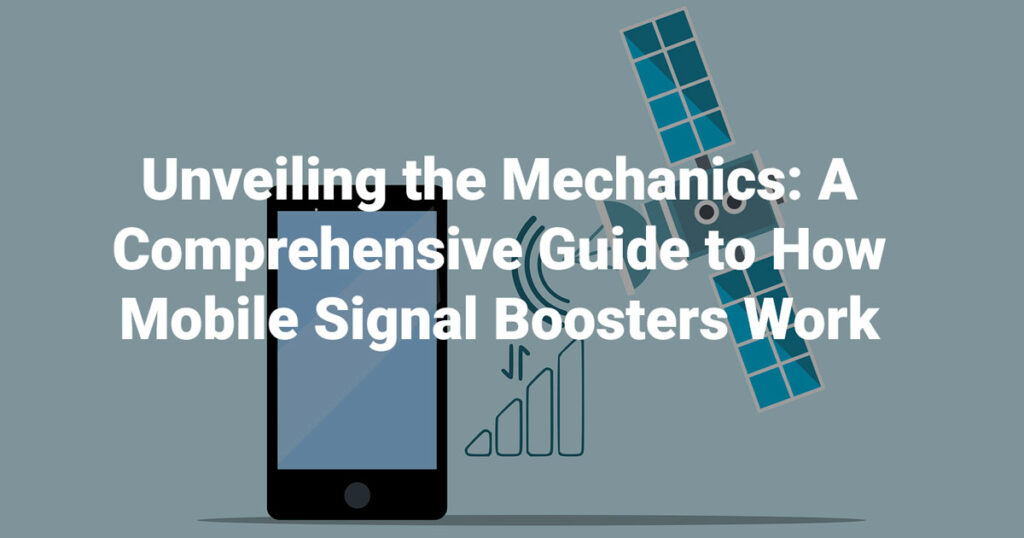In today’s hyper-connected world, a reliable and strong cellular signal is essential for seamless communication, whether at home or in the office. However, weak signals can often disrupt calls, slow down internet speeds, and cause frustration. This is where signal boosters come in. These devices are designed to amplify weak signals, providing better coverage and improved connectivity. But with a plethora of options available in the market, choosing the right signal booster can be overwhelming. In this guide, we’ll explore everything you need to know to select the best signal booster for your home or office.
Understanding Signal Boosters
Before diving into the selection process, it’s essential to understand how signal boosters work. Signal boosters, also known as cell phone signal amplifiers or repeaters, consist of three main components: an outdoor antenna, an indoor antenna, and an amplifier. The outdoor antenna captures the existing signal from the nearest cell tower and sends it to the amplifier. The amplifier then boosts the signal and sends it to the indoor antenna, which broadcasts the enhanced signal within the building. This process effectively extends the coverage area and improves signal strength.
Assessing Your Signal Strength
The first step in choosing a signal booster is to assess the existing signal strength in your area. You can use your smartphone to check the signal bars or download signal strength apps to get more detailed information. Additionally, most signal boosters come with signal strength meters that can help you determine the optimal placement for the outdoor antenna.
Determining Coverage Area
Once you’ve assessed the signal strength, the next step is to determine the coverage area you need to boost. Signal boosters come in various sizes and power levels, each designed to cover a specific area. Consider factors such as the size of your home or office, the number of floors, and the building materials when determining the coverage area.
Choosing the Right Frequency
Signal boosters operate on different frequency bands, including 3G, 4G, and 5G. It’s crucial to choose a signal booster that supports the frequency bands used by your carrier. Most modern signal boosters are multi-band and support multiple frequency bands, ensuring compatibility with all major carriers.
Selecting the Right Type
Signal boosters are available in different types, including vehicle boosters, home boosters, and commercial boosters. Choose the type that best suits your needs based on where you intend to use the booster. For example, if you need better signal coverage in your car, a vehicle booster would be the ideal choice. Similarly, for home or office use, opt for a home or commercial booster, respectively.
Considering Additional Features
When selecting a signal booster, consider additional features that may enhance its performance and usability. Some signal boosters come with automatic gain control, which adjusts the signal strength based on fluctuations in the external signal. Others offer remote monitoring and control capabilities, allowing you to monitor and manage the booster remotely via a smartphone app.
Installation and Setup
Before purchasing a signal booster, consider the installation and setup process. While some signal boosters require professional installation, others can be easily installed by the user. Opt for a signal booster with clear installation instructions and user-friendly setup procedures to ensure a hassle-free experience.
Ensuring Compliance
Finally, ensure that the signal booster you choose complies with regulatory requirements and industry standards. In the United States, signal boosters are regulated by the Federal Communications Commission (FCC), which sets guidelines for their use and operation. Look for signal boosters that are FCC-certified to ensure compliance with legal requirements.
In conclusion, choosing the best signal booster for your home or office requires careful consideration of several factors, including signal strength, coverage area, frequency compatibility, type, additional features, installation, and compliance. By following the guidelines outlined in this article, you can make an informed decision and select a signal booster that meets your specific needs, ensuring reliable and consistent cellular coverage wherever you are.



